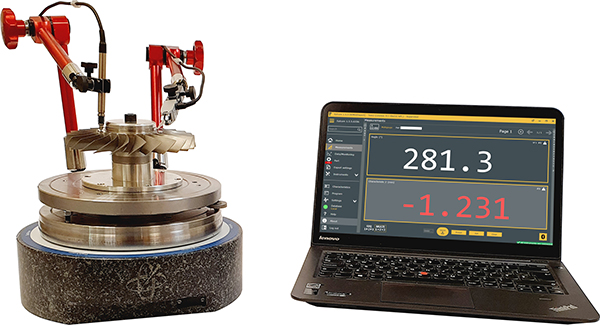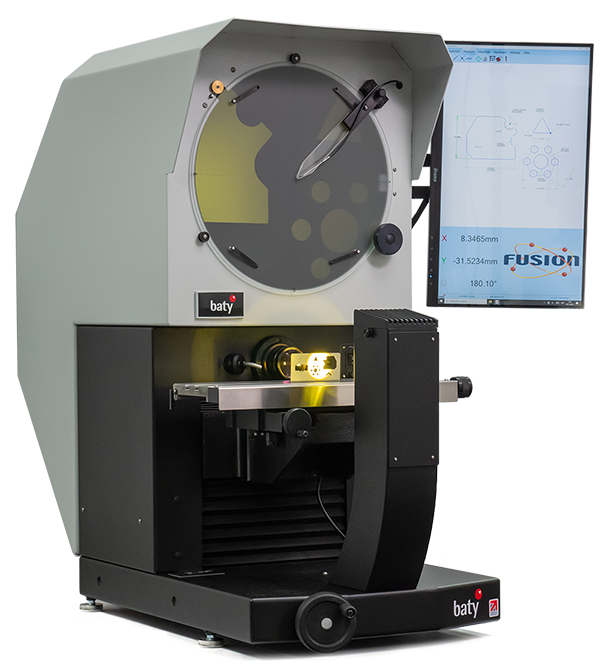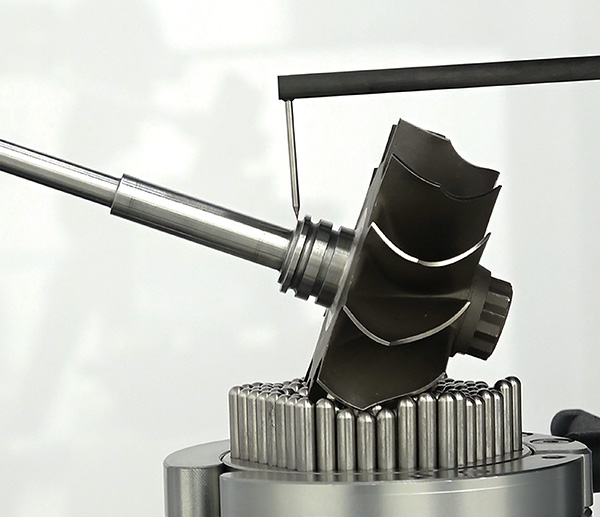Founded in 1992, Rotherham-based Magtec is the UK’s largest supplier of electric drive systems and specialist hybrid solutions. The privately-owned firm’s technologies include motors, gearboxes, generators, power controllers, battery systems and condition monitoring systems for heavy goods vehicles, buses, multi-wheeled and tracked defence vehicles, and bespoke specialist vehicles.
To ensure the continuation of its premium quality standards, Magtec administers a rigorous, company-wide quality-control regime and makes use various advanced inspection aids. The latest addition to Magtec’s collection of high-technology measuring equipment is a Mitutoyo Crysta-Apex S CMM.
Explaining the purchase Magtec head of quality Tom Dalgliesh says: “When the need arose for a high-precision CNC CMM, in addition to considering the potential machine’s accuracy standards, mindful of our rapidly increasing production volumes, we also considered factors such as speed and ease of use. As it satisfied all of our accuracy and efficiency requirements, we chose a Mitutoyo Crysta-Apex S CMM with a measuring capacity of 900 x 1000 x 600 mm in the X, Y and Z axis respectively.
“Now installed in our temperature-controlled inspection department, the Crysta-Apex S is delivering the high levels of precision that we need,” continues Dalgliesh. “Also, because of its impressive speed of operation and fast acceleration, not only is our new Mitutoyo CMM able to keep pace with our current output levels, it will also be able to cope with the massive rises in production and the increased amount of inspection work that we anticipate.”
Having written a large number of part programs, Magtec is now able to load single large components or large batches of smaller parts on to the Mitutoyo CMM’s bed, recall the relevant programs and start rapid, automated CNC inspection routines.
For further information www.mitutoyo.co.uk






















